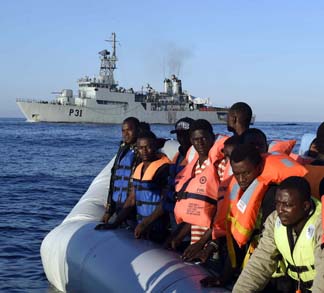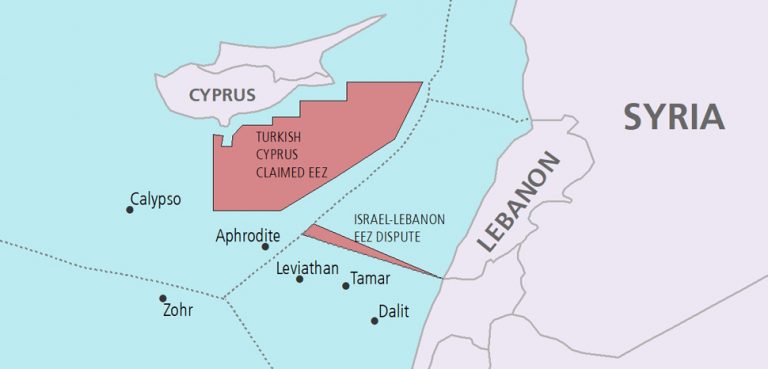Summary
Migrant crossings fell 50% from Libya to Italy in July thanks to coordinated action by Italy and the EU-funded Libyan coastguard. The number of successful crossings was 11,459 in July, down from 23,522 over the same period last year.
The reduction illustrates a fact that EU authorities have known all along: effective border control is impossible without a credible and effective partner to work with on the other side. For the time being, that partner is the EU-recognized Government of National Accord (GNA) in Tripoli.
The July reprieve could still be short-lived. For one, there’s always a risk that the shifting sands of Libyan politics swallow up the money, equipment, and training that went into the GNA’s coast guard effort. Two, recent gains have come at the cost of humanitarian standards, and NGOs will continue to push back against the EU’s pivot toward Libya-based policing of migrant crossings.
Impact
Overall reduction comes at the cost of humanitarian standards. The wax and wane of migrant crossings from Libya is fueled in no small part by a humanitarian paradox: it’s a dangerous sea crossing; those whose boats capsize must be rescued; if they’re rescued by an EU vessel, the migrants are taken back to continental Europe, thus creating an incentive for future migrants to attempt what is still an extremely dangerous sea crossing.




